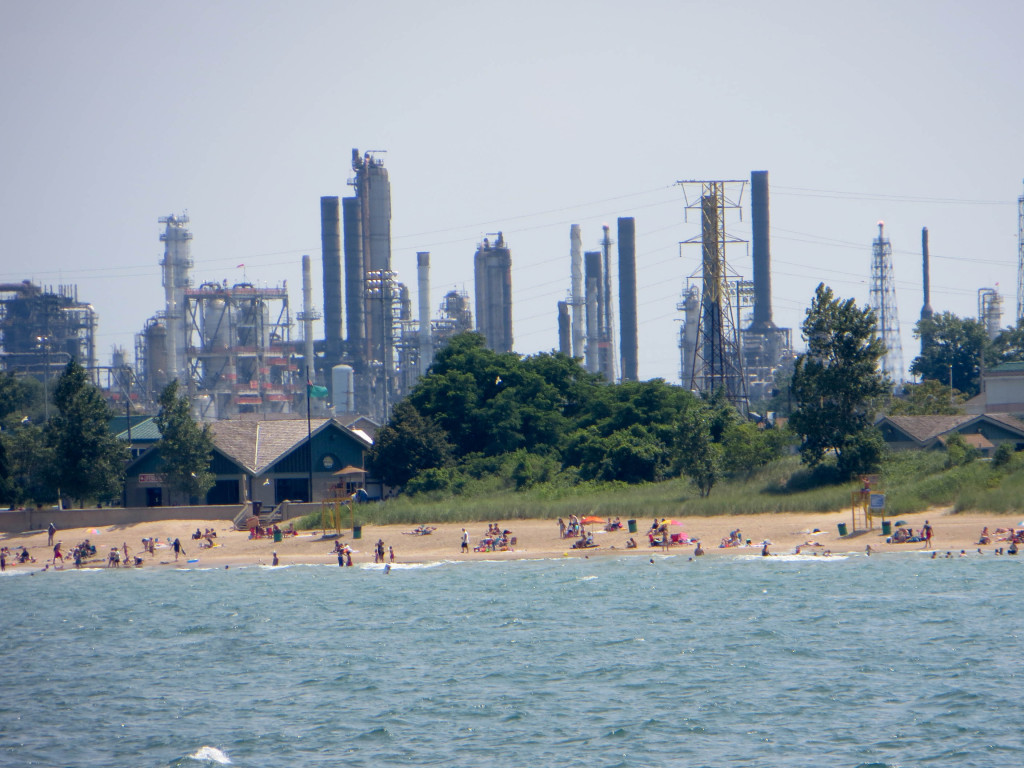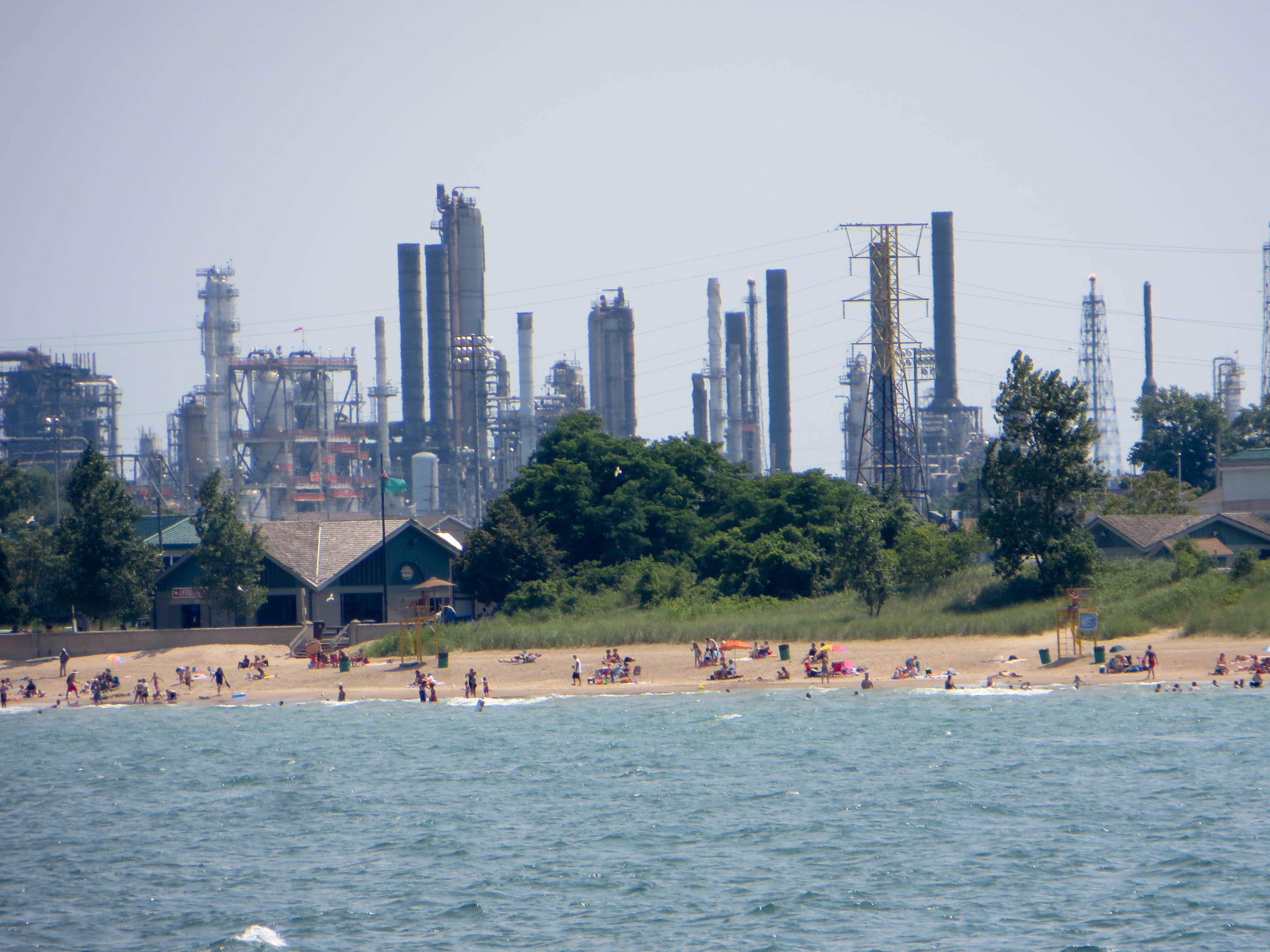
For US oil refiners, the shale oil revolution our country is seeing is a bit of a good news/bad news situation.
The US Energy Information Administration (EIA) announced in June that total US crude oil production had reached its highest point in 26 years: an average of 8.4 million barrels per day (bpd). EIA expects that number to increase to 9.27 million bpd in 2015, which would represent the highest level of oil production our country has seen since 1972. The surge in oil production is largely due to the shale energy boom in this country.

